| Su | Mo | Tu | We | Th | Fr | Sa |
|---|---|---|---|---|---|---|
| 1 | 2 | 3 | 4 | 5 | 6 | 7 |
| 8 | 9 | 10 | 11 | 12 | 13 | 14 |
| 15 | 16 | 17 | 18 | 19 | 20 | 21 |
| 22 | 23 | 24 | 25 | 26 | 27 | 28 |
| 29 | 30 | 1 | 2 | 3 | 4 | 5 |
Attention❗ To save your time, in order to download anything on this site, you must be registered 👉 HERE. If you do not have a registration yet, it is better to do it right away. ✌

SpicyMags.xyz

SpicyMags.xyz
J.J. Cale – Guitar Man (1996)
Date: 10 Nov 2009 22:37:33
J.J. Cale - Guitar Man (1996)
DeLabel | 1996 | Country Blues Rock | EAC RIP | FLAC+CUE+LOG+HQ-Covers (400Dpi) | 252Mb+27Mb
25 years after his first album, NATURALLY, J.J. Cale created GUITAR MAN, an album made up of hypnotic grooves forged out of elegantly simple components. The album is largely a solo affair, with only scattered additional accompaniment, such as on the incredible opening tune, "Death in the Wilderness." Otherwise, Cale plays every instrument, adding particularly strong guitar work to the mix.
Remarkably, Cale's easygoing front-porch character is no less warm when he utilizes subtle keyboards and electronic percussion. With the exception of his arrangement of the traditional "Old Blue" (popularized by the Byrds in one of their later incarnations), the songs are all Cale originals. Besides songs that mine the familiar thematic territory of love, longing, and taking it easy, there's a handful that address world ills such as the environment and crime. He manages to tackle these issues without ever being didactic. However, he was sufficiently impassioned to include the lyrics to all the songs this time out. The title song and "Low Down" are two Cale classics that contain familiar lyrical and musical phrases that sound completely timeless when he sings and plays them.
Per Nørgård - Symphony No. 3, Concerto in due tempi
Date: 10 Nov 2009 22:28:41
Per Nørgård - Symphony No. 3, Concerto in due tempi
APE/CUE + LOG + Booklet | 325 MB | RS
Label: Chandos | Catalog: CHAN 9491 | Year: 1997
Sounds organized in such a fashion are pretty much guaranteed to be aesthetically pleasing, and that's why "Symphony No. 3" (1972-1975) is a veritable triumph. Since the entire work is ingenious sculpted out of these perfect shapes, then I would even dare to say that if someone doesn't enjoy this, they lack a certain humanity. - Christopher Culver, Amazon reviewer
[SDRR] W. A. Mozart - Symphony no 29 K201 + Violin Concerto no 2 K211 + Sinfonia Concertante K364
Date: 10 Nov 2009 22:19:46
W. A. Mozart - Symphony no 29 K201 + Violin Concerto no 2 K211 + Sinfonia Concertante K364
Classical | wav | Audiograbber | No CUE | NO LOG | No cover | 450Mb | 77:10 | 2009 | RS | SDRR-CD1002
This is a Satellite Digital Radio Recording (SDRR) of high quality stereo sound.
Classical | wav | Audiograbber | No CUE | NO LOG | No cover | 450Mb | 77:10 | 2009 | RS | SDRR-CD1002
This is a Satellite Digital Radio Recording (SDRR) of high quality stereo sound.
Downchild Blues Band: 2 Albums
Date: 10 Nov 2009 21:54:16
Downchild Blues Band: 2 Albums
Lossless (Flac Image File + Cue + Log + Audiochecker Log) | EAC Secure Mode Rip | Mp3 (CBR 320 kbps) | HQ Scans
Blues, Contemporary Blues
Lossless (Flac Image File + Cue + Log + Audiochecker Log) | EAC Secure Mode Rip | Mp3 (CBR 320 kbps) | HQ Scans
Blues, Contemporary Blues
Steve Vai - Where The Wild Things Are (2009) (DVD #1)
Date: 10 Nov 2009 21:19:09
Steve Vai - Where The Wild Things Are (2009) (DVD #1)
DVD-9 | MPEG-PS 720x480 30fps 7 300 Kbps | AC-3 6ch 448Kbps, AC-3 2ch 192kpbs | 6.5 GB
DVD-9 | MPEG-PS 720x480 30fps 7 300 Kbps | AC-3 6ch 448Kbps, AC-3 2ch 192kpbs | 6.5 GB
Where The Wild Things Are is a 2 DVD set recorded live and filmed in high definition at the State Theatre in Minneapolis, MN during Steve Vai's recent Sound Theories Tour. Where The Wild Things Are features a world-class group of musicians, unlike any other band Steve has ever assembled.
Steve Vai широко известен неповторимой, не имеющей аналогов техникой игры на гитаре и своим собственным уникальным дизайном гитар серии Ibanez Jem. Steve Vai совместно с лейблом Favored Nations Records 29 сентября выпустил свой концертный DVD и live-CD под названием "Where The Wild Things Are". Шоу, на которое все билеты были распроданы, записано и отснято в Государственном Театре Миннеаполиса, штат Миннесота, в рамках успешного мирового турне Вая "Sound Theories".
Biber/Schmelzer - Seventeenth Century Music and Dance from the Viennese Court - Ars Antiqua Austria
Date: 10 Nov 2009 20:00:25
Biber/Schmelzer - Seventeenth Century Music and Dance from the Viennese Court
Classical, Baroque | 1 CD | EAC | FLAC, CUE, LOG | Scans | 327 MB | Rapidshare
Ars Antiqua Austria, Gunar Letzbor | Recording: 20-23 Nov. 1997, Marienkapelle, St. Florian Monastery, Linz, Austria | Released: 2003 | Label: Chesky SACD262 | TT: 70:04
For the most part this is good old party music. Such melodies and "dances" were widely heard throughout the old Austrian Empire where composers such as Biber had the opportunity to shine, serving their patrons and their Court. (Miguel Kertsman)
John McLaughlin - Time Remembered: John McLaughlin Plays Bill Evans (1993) {Verve}
Date: 10 Nov 2009 19:33:25
John McLaughlin - Time Remembered: John McLaughlin Plays Bill Evans (1993) {Verve}
EAC rip (secure mode) | FLAC+CUE+LOG -> 169 Mb | MP3 @320 -> 92 Mb
Artwork @ 300 dpi (png) -> 16 Mb
© 1993 Polydor / PolyGram / Verve | 314 519 861-2
Jazz / Post Bop / Modal Music
Pianist Bill Evans was one of guitarist John McLaughlin's early heroes so this Evans tribute seemed like a logical idea. Sticking to acoustic guitar, McLaughlin is joined by four other guitarists (along with the acoustic bass guitar of Yann Maresz) to create an unusual instrumentation that often sounds as full as a keyboard. The leader arranged ten of Evans's compositions and his own "Homage" for a largely introverted set of music that has a strong classical feel. McLaughlin lets loose a few times but more mood and tempo variations would have kept this from being such a sleepy and overly respectful session.
Johannes Schenck - "IL Giardino Armonico": 12 Trio Sonatas Opus III - La Suave Melodia
Date: 10 Nov 2009 19:11:58
Johannes Schenck - "IL Giardino Armonico": 12 Trio Sonatas Opus III
Classical, Baroque | 1 CD | EAC | FLAC, CUE, LOG | Scans | 431 MB | Rapidshare
La Suave Melodia | Recording: 12-14 Sept. 2005, Nederlands Hervormde Kerk, Renswoude | Released: 2007 | Label: ET'CETERA KTC 1356 | TT: 79:01
[World premiere recording]
Until recently it was believed that the only extant copy … was permanently lost during the Second World War, but a surviving example was recently located by the undersigned. It is extraordinary music, perhaps the best of Schenck's works. These twelve sonatas demonstrate an astonishing variety of affects through which the composer displays a noteworthy sensitivity for the different keys, lending each sonata its own particular character.
Nowhere else in Schenck's works is the influence of Italian instrumental music so obvious; the clearest influence is the trio sonatas of Arcangelo Corelli but there are also traces of Giovanni Legrenzi's style as well as allusions to contemporary German and Dutch publications. (Pieter Dirksen)
Carey Bell's Blues Harp Band - Going On Main Street - 1994
Date: 10 Nov 2009 18:27:32
Carey Bell's Blues Harp Band - Going On Main Street - 1994
Lossless (Flac Image File + Cue + Log + Audiochecker Log): 325 Mb | EAC Secure Mode Rip | Mp3 (CBR 320 kbps): 133 Mb | HQ Scans
Audio CD (September 20, 1994) - Original Release Date: 1982 - Number of Discs: 1 - Label: Evidence - UPC: 730182605525
Blues, Chicago Blues
Lossless (Flac Image File + Cue + Log + Audiochecker Log): 325 Mb | EAC Secure Mode Rip | Mp3 (CBR 320 kbps): 133 Mb | HQ Scans
Audio CD (September 20, 1994) - Original Release Date: 1982 - Number of Discs: 1 - Label: Evidence - UPC: 730182605525
Blues, Chicago Blues
VA - Urbal Beats Vol.1 (1997)
Date: 10 Nov 2009 17:05:38
VA - Urbal Beats Vol.1 (1997)
Electronic / House / Techno / Ambient | 320Kbps MP3 | 150 Mb
Electronic / House / Techno / Ambient | 320Kbps MP3 | 150 Mb
The first volume of Urbal Beats is a solid sampler of the British electronica and American breakbeat scene circa 1997. with Americans DJ Icey, Rabbit in the Moon, Crystal Method, Keoki and Wink alongside Brits like Prodigy, Goldie, Orb, Orbital, CJ Bolland and Underworld.
Tchaikovsky & Smetana: Piano Trios (Vienna Piano Trio 2007)
Date: 10 Nov 2009 16:51:07
Tchaikovsky & Smetana: Piano Trios (Vienna Piano Trio 2007)
FLAC (xACT) | With Cue & Log | MD&G Gold #3421512 | 1 CD, 298.6 MB
Classical | Cover, no scans | Rapidshare
The Smetana G minor Trio here makes an ideal pairing for the Tchaikovsky and helps to seal the deal for a winner of a disc. The Vienna Piano Trio encompass both composers’ changing moods with a flowing naturalness to rival much starrier versions. The sound from Dabringhaus und Grimm is also terrific – there’s a real flair to the instruments.
– Gramophone [2/2009]
Raoul von Koczalski Plays Chopin · Mozart · Schubert-Liszt · Tchaikovsky · Rachmaninov, etc. [Re-up]
Date: 10 Nov 2009 16:30:42
Raoul von Koczalski Plays Chopin · Mozart · Schubert-Liszt · Tchaikovsky · Rachmaninov, etc.
EAC rip | FLAC, IMG+CUE, Log | 425 MB | Full booklet & Cover scans 300 dpi | WinRar 5% Rec.
Label: OOP Archiphon ARC 119/20 | Released 1997 | Rec. 1928 - 1948 [Chopin 1938/39]
EAC rip | FLAC, IMG+CUE, Log | 425 MB | Full booklet & Cover scans 300 dpi | WinRar 5% Rec.
Label: OOP Archiphon ARC 119/20 | Released 1997 | Rec. 1928 - 1948 [Chopin 1938/39]
"Rhythmic firmness was combined with freedom in the declamation of his melodies…" These words describing Frédéric Chopin's piano-playing by his close friend, the German pianist and composer Ferdinand Hiller (1811-1885) could as well describe the playing of Chopin's "grand-student" Raoul von Koczalski (1885-1948)- One of the last pupils of Karol Mikuli (1821-1897) a favorite student of Chopin himself and one who aspired to pass on Chopin's teachings as purely as possible, Koczalski was groomed as a pianist by Mikuli from age seven to eleven. Indeed, Mikuli seems to have chosen the child prodigy Koczalski to be his successor in carrying on the Chopin tradition.
Led Zeppelin - I (Original 1st UK pressing) [VinylRip 24bit/192kHz]
Date: 10 Nov 2009 14:45:00
Led Zeppelin - I (1st UK press) [VinylRip 24/192]
ISO | 2ch WAV tracks | Ready to Burn or Play | ~ 3.1 GB
Hard Rock / Promo samples included / 3% recovery / FS.com + SM.com
ISO | 2ch WAV tracks | Ready to Burn or Play | ~ 3.1 GB
Hard Rock / Promo samples included / 3% recovery / FS.com + SM.com

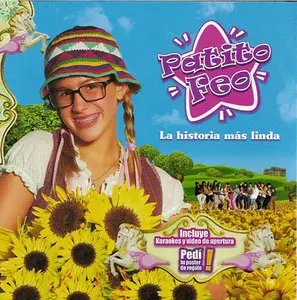

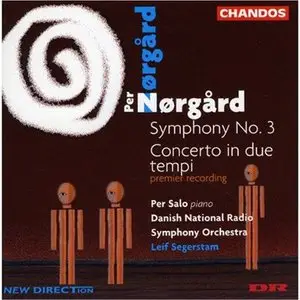
![[SDRR] W. A. Mozart - Symphony no 29 K201 + Violin Concerto no 2 K211 + Sinfonia Concertante K364](https://pixhost.icu/avaxhome/c2/95/001095c2_medium.jpeg)
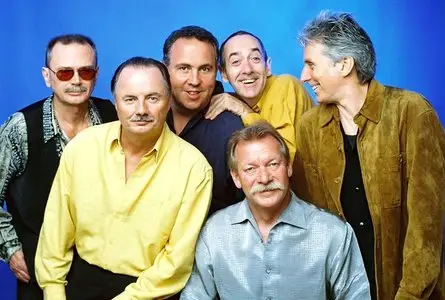

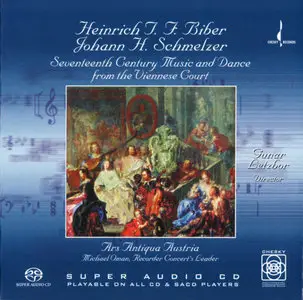
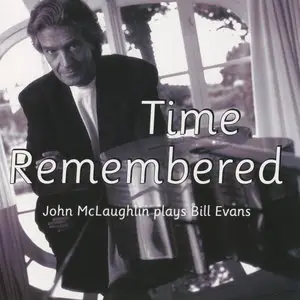

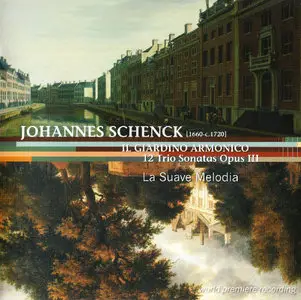
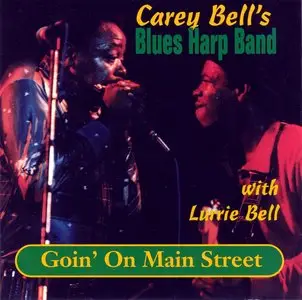
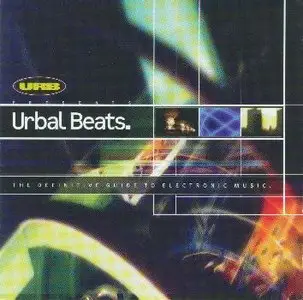
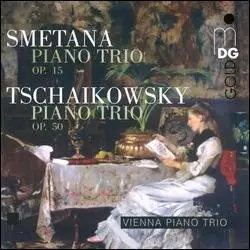
![Raoul von Koczalski Plays Chopin · Mozart · Schubert-Liszt · Tchaikovsky · Rachmaninov, etc. [Re-up]](https://pixhost.icu/avaxhome/3c/95/0010953c_medium.jpeg)

![Led Zeppelin - I (Original 1st UK pressing) [VinylRip 24bit/192kHz]](https://pixhost.icu/avaxhome/27/90/00109027_medium.jpeg)